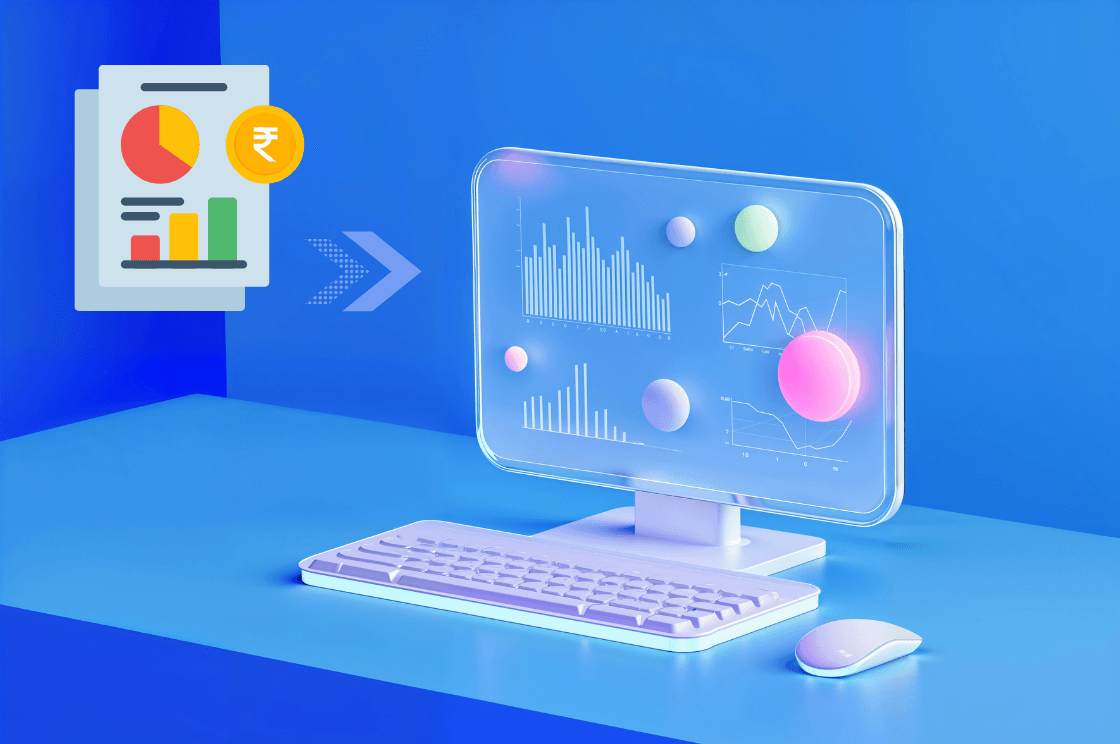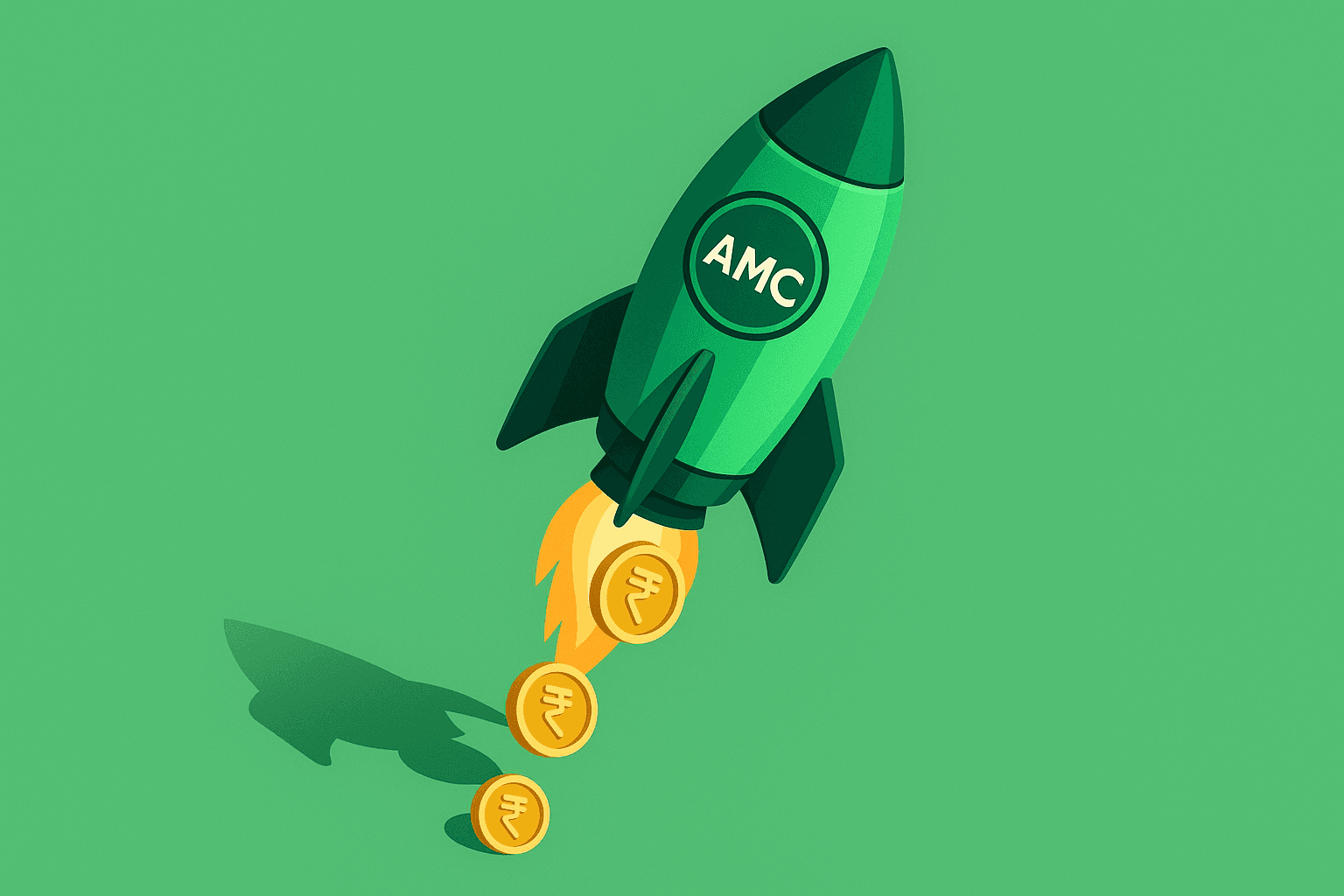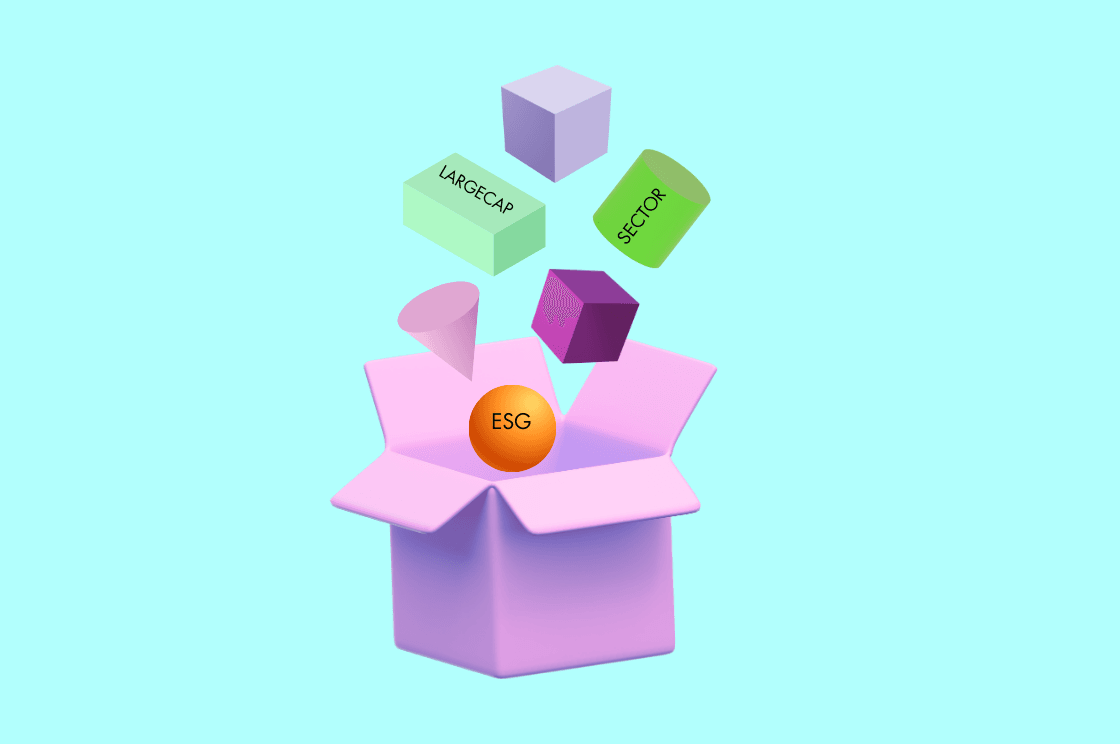
Dematerialisation of Mutual Funds: Complete Guide, Process & Benefits
By
Arihant Team
Dematerialising mutual funds means converting them into digital format for safer, faster, and easier portfolio management all in one demat account, with fewer hassles and zero paperwork.
In This Article
- Why it’s time to dematerialise your mutual funds
- What is dematerialisation of mutual funds?
- Why you should dematerialise mutual fund units
- Physical vs demat mutual funds
- Role of a demat account in dematerialisation
- Steps to Demeterialise Mutual Funds Units Online
- Documents required for dematerialisation
- Special note: ELSS mutual funds
- Where to track your dematerialised mutual funds
- Pledge your demat mutual funds for loans
- FAQ
- Go paperless, go powerful – start dematerialising today
- You can also read
Why it’s time to dematerialise your mutual funds
Still relying on printed MF statements or PDF attachments in your inbox? Let’s be honest, that’s a bit old school. In a world where everything from groceries to bank accounts has gone digital, shouldn’t your mutual fund holdings too?
Dematerialising your mutual fund units means converting them from paper to digital format, stored safely in your demat account. The benefits? They're huge:
- Easy to buy and sell through a trading app
- No more sifting through documents during tax season
- No more forgotten folios spread across different AMCs
- And definitely no more panic when a statement goes missing
- Pledge your MF demat holdings for extra margin
Instead, you get complete visibility, better control, and peace of mind. You’re not just going paperless, you're going powerful.
What is dematerialisation of mutual funds?
Think of dematerialisation as the digital transformation of your mutual fund investments. Instead of keeping paper statements or holding your mutual fund units in Statement of Account (SoA) mode, dematerialisation converts them into electronic form.
These units are stored in your demat account, alongside your shares, ETFs, and bonds so you can get a bird’s eye view of all your investments through one demat account. This is facilitated by your Depository Participant (DP).
Why you should dematerialise mutual fund units
While it's not a legal requirement to dematerialise your mutual funds, it's one of the smartest choices you can make as an investor. Here’s why:
- Centralised View: Access all your mutual fund holdings across AMCs from one dashboard.
- Faster Transactions: No paperwork. Buy, redeem, or transfer with just a few clicks.
- Digital Security: No risk of losing certificates or someone tampering with your documents.
- Simplified Inheritance: Easier transmission of units to your nominee in case of an unforeseen event.
- Smarter Tax Filing: All investment data in one place makes filing your ITR a breeze.
- Better Compliance: Essential for wealth reporting, financial audits, or just staying organised.
Physical vs demat mutual funds
Wondering what’s the real difference between physical and demat mutual fund holdings? This side-by-side comparison breaks it down across key areas like storage, tracking, security, and ease of use so you can clearly see why going digital is the smarter choice.
Role of a demat account in dematerialisation
Your demat account is the digital vault where all your investments reside securely. When you dematerialise mutual fund units, they are credited to your demat account and can be tracked just like stocks or ETFs.
With a modern platform, you can:
- Check real-time holdings
- Monitor NAV fluctuations
- Transfer units when needed
- Receive alerts and consolidated statements
- Update your average purchase cost
Steps to Demeterialise Mutual Funds Units Online
- Visit Arihant Capital → Quick Links → Demat Your MF Units or simply [click here].
- Enter your PAN number and the captcha code.
- Receive an OTP on your registered mobile number and email ID.
- Proceed to the MF Units Dematerialization screen and select your NSDL Demat Account to continue.
- Give consent to fetch your folio details and wait for the system to retrieve them.
- Select the folio(s) you wish to convert by checking the box in the first column (selected rows will turn red).
- Check for eligibility—only single holding folios are supported. (Ineligible folios will show the reason.)
- Click Review, then Apply for Conversion, and enter the final OTP for authentication.
- Save the Request Reference Number for future tracking.
Documents required for dematerialisation
To successfully dematerialise your mutual fund units, submitting the right documents is crucial. A single mismatch or missing form can lead to rejection. Here’s a quick checklist to help you get it right the first time.
- Two signed DRFs per folio/ISIN
- Self-attested PAN copy
- Mutual fund account statement from AMC or RTA
- Annexure Form (if you’re dematerialising ELSS folios)
Tip: Your signature must match your DP and AMC records exactly.
Special note: ELSS mutual funds
ELSS (Equity Linked Savings Schemes) come with a 3-year lock-in period. Here’s what you need to know:
- SIPs must be stopped before dematerialisation.
- You’ll need to fill an additional Annexure Form.
- Units cannot be transferred until the lock-in ends.
- Charges apply per SIP transaction.
Where to track your dematerialised mutual funds
Once processed, your digital mutual fund units will be accessible on:
- Broker platforms: Real-time dashboard and fund statements
- NSDL/CDSL CAS: Monthly consolidated account statements
- Downloadable ISIN reports: Especially for closed-ended/unlisted funds
You can also update any discrepancies in average buy price manually.
Pledge your demat mutual funds for loans
One of the biggest advantages of dematerialising your mutual funds is that you can pledge them to raise funds without redeeming your investments. This is especially helpful when you need short-term liquidity but don’t want to disturb your long-term goals.
Benefits of Pledging Demat Mutual Funds
- Quick Loans Against MFs: Raise funds easily by using your demat mutual fund units as collateral.
- No Need to Liquidate: Stay invested and continue earning potential returns while accessing funds.
- Faster Processing: Since your holdings are already in digital format, the pledge process is seamless and quicker through your broker or DP.
- Better Loan Terms: Banks and NBFCs often offer lower interest rates for loans against mutual funds compared to unsecured personal loans.
- Flexible Repayment: Repay the loan as per your convenience, and get your pledged units unblocked instantly after repayment.
With ArihantPlus, pledging your demat mutual fund units is a smart, secure, and efficient way to manage liquidity without selling your assets.
FAQ
Can I dematerialise mutual funds online?
Yes, you can begin the dematerialisation process online by clicking here
Is dematerialisation of mutual funds mandatory?
Not at the moment. It’s entirely optional but investors prefer it for easier tracking, secure storage, and simplified inheritance and taxation.
How long does mutual fund dematerialisation take?
The entire process takes just T+2 working days—no printing, no scanning, no paperwork. Enjoy a fully digital, seamless, and hassle-free mutual fund conversion experience.
Is there any charge in converting Mutual Funds units?
No, there are zero charges when you transfer mutual fund units from SoA to Demat digitally through Arihant Capital. The process is free, paperless, and takes just a few minutes.
Can I dematerialise ELSS mutual funds?
Yes, but ELSS funds have a few special conditions. You must stop ongoing SIPs and fill an extra Annexure Form. Also, you can’t transfer the units until the 3-year lock-in ends.
Can I redeem dematerialised mutual funds?
Absolutely. You can redeem or switch your mutual fund units through your broker platform unless it’s an ELSS scheme still under lock-in.
Go paperless, go powerful – start dematerialising today
Dematerialising your mutual funds isn’t just about going digital it’s about making your investment journey more secure, efficient, and future-ready. Whether you're simplifying your portfolio or preparing for smarter wealth management, this is your next big move. Just a few simple steps, and you're in control.
Related Topics










